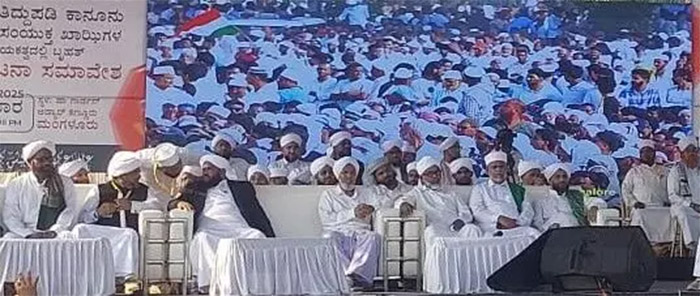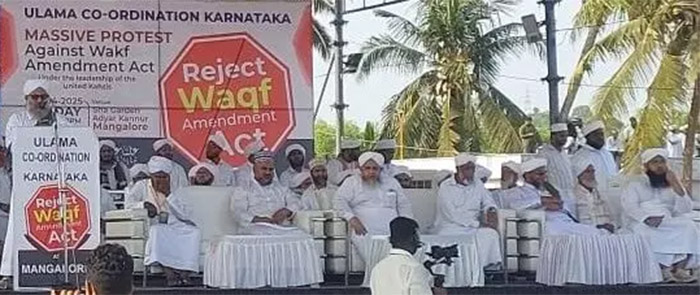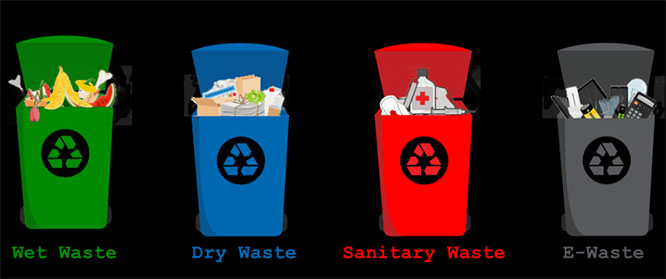
Ballari, Oct 21: Karnataka Chief Minister B S Yediyurappa on Wednesday conducted an aerial survey of flood-affected areas in four districts of the state and said additional funds would be released after holding discussions with officials.
"Already funds have been allotted to the flood-affected districts and more will be released after holding a meeting with the officials," the Chief Minister said.
He was talking to reporters before boarding a special plane from Jindal Vijayanagar Airport here to conduct an aerial survey of Kalaburagi, Vijayapura, Raichur and Yadgir districts, to assess the damage caused by the heavy rains last week.
Yediyurappa was accompanied by Home Minister Basavaraj Bommai, Animal Husbandry Minister Prabhu Chauhan and the Commissioner of Karnataka Disaster Management Authority Manoj Rajan during the aerial survey.
River Bhima, a tributary of river Krishna that originates in Maharashtra, had wreaked havoc in Vijayapura, Kalaburagi, Yadgir and Raichur districts due to the torrential rain in the catchment areas for the past 10 days.
Yediyurappa said heavy rains and floods have caused inundation in several villages in Kalaburagi and Vijayapura districts, damaging crops and houses.
To a query, the chief minister said a central team would carry out an inspection after the state government submits the complete report, which may take at least four to five days.
He, however, maintained that the Prime Minister was aware of the prevailing situation and has assured him of assistance.
Later talking to reporters at Kalaburagi after the aerial survey, the Chief Minister said he cannot make any fresh announcements due to the model code of conduct in place in the state in the wake of MLC elections and bypolls to two assembly segments -- Sira in Tumakuru and Rajarajeshwari Nagar in Bengaluru urban district.
He said he has sought a detailed report from officials during a meeting with them and gave them necessary directions.
The Chief Minister said he has asked the officials to supply drinking water in Kalaburagi, the district headquarter town, as the water pipeline has been damaged.
"We will make sure that there is no water scarcity for which we will hire more tankers. Electricity and water will be restored and all the roads will be repaired.
All the other important services will be restored in the next few days," the Chief Minister said.
Yediyurappa said he had asked the officials to make sure that no communicable disease spreads in the flood-hit areas.
In addition to it, there should be adequate supply of food and medicines, in the relief camps, so that people do not go through any hardship.
When asked about the extent of damage, the Chief Minister said he has sought a detailed report, which may take at least three to four days.
However, he said, 43,000 people in 14 Taluks of the four flood-hit districts are affected.
Home Minister Basavaraj Bommai who was accompanying the Chief Minister, said a joint survey by the state government and Central government officials has to be conducted to assess the actual damage.











Comments
Add new comment